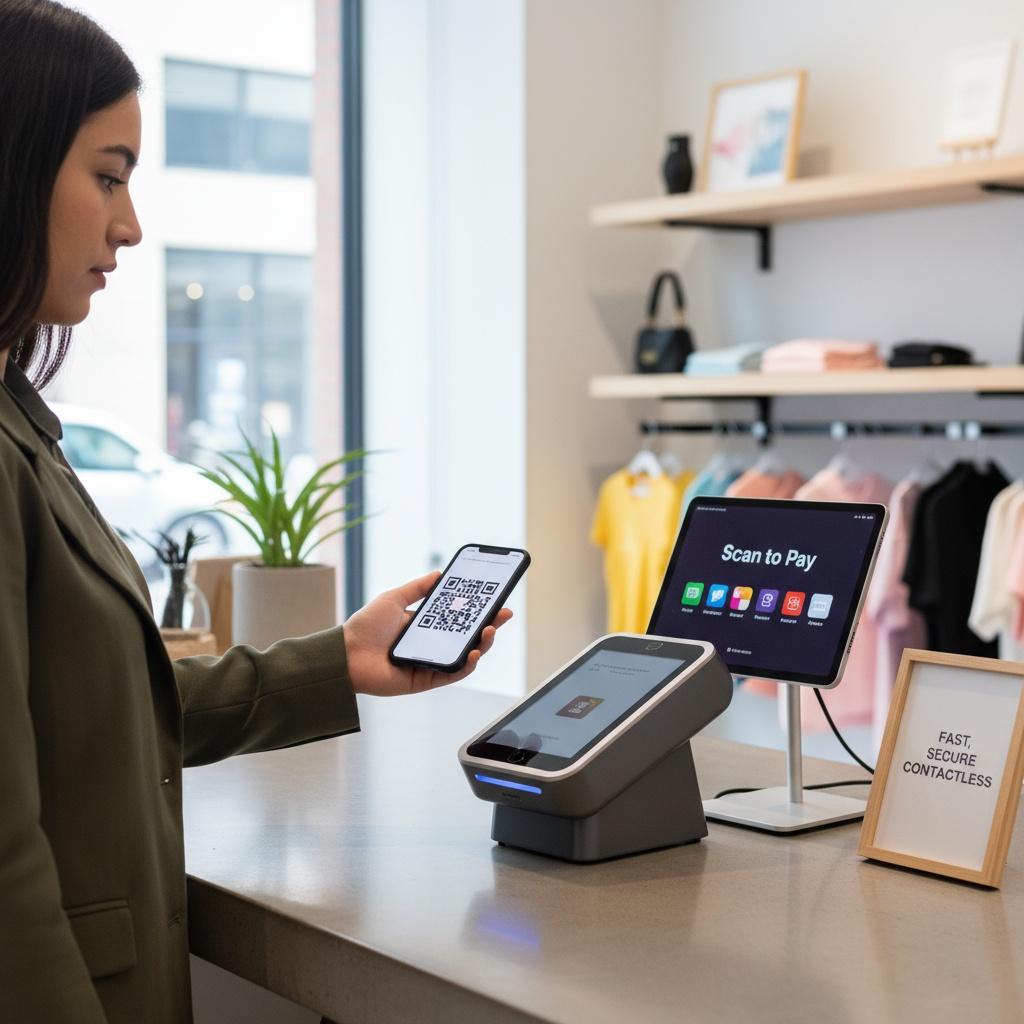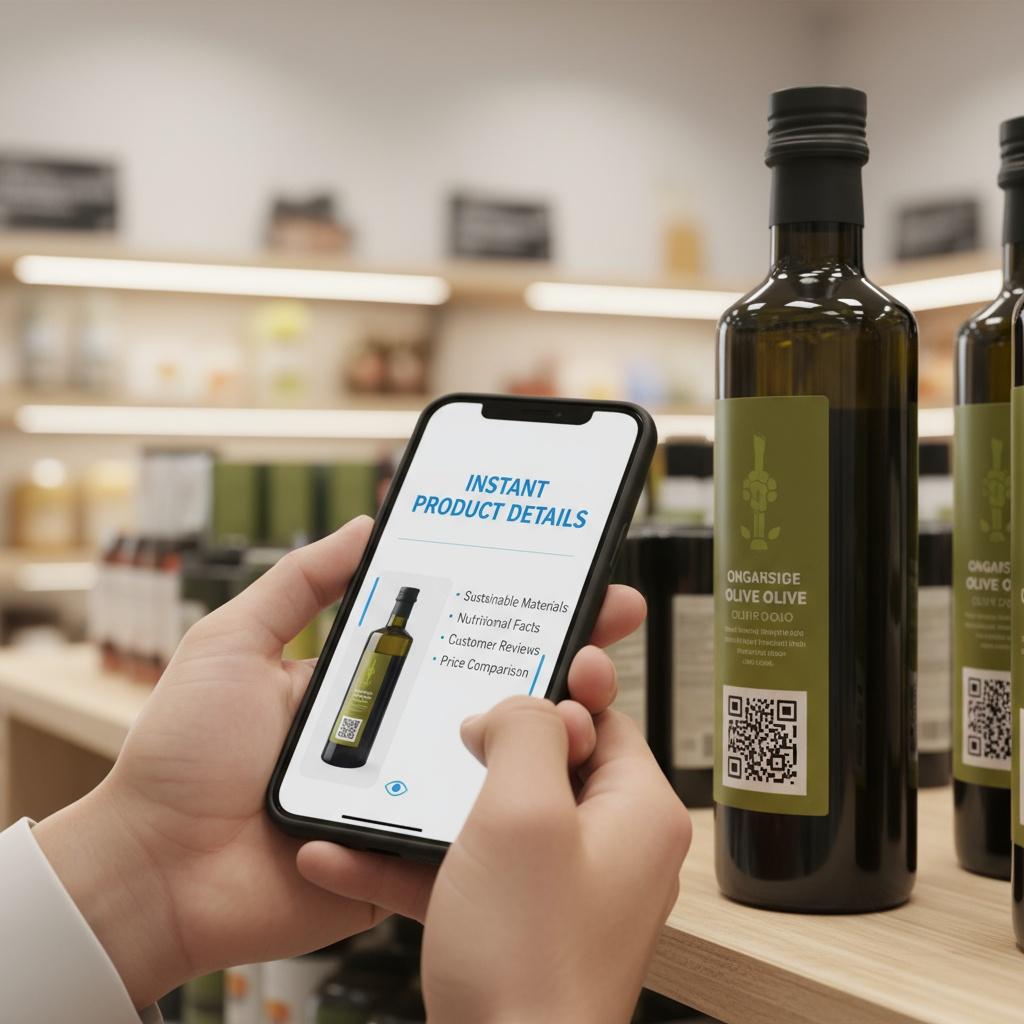

In today’s fast-paced retail environment, customers demand quick and easy access to detailed product information. QR codes have emerged as a powerful digital transformation tool that enables businesses to meet this demand instantly. By simply scanning a QR code with their smartphones, consumers can access extensive product details that go far beyond what physical packaging can display. This method enhances transparency, convenience, and engagement as part of modern marketing strategies.
QR codes in business offer a seamless bridge between offline and online worlds, making product information instantly accessible at the point of sale. Unlike static labels, QR codes allow brands to provide dynamic, up-to-date content such as ingredient lists, user manuals, certifications, and multimedia demonstrations. This not only improves customer confidence but also supports sustainable practices by reducing the need for excessive printed materials.
With QR codes displayed prominently on product packaging or retail shelves, customers no longer need to rely on limited label space or search online manually. They gain immediate access to essential product insights, reviews, and even special promotions. This instant engagement reduces hesitation at checkout and fosters a more personalized shopping experience, increasing overall satisfaction.
Today’s consumers increasingly expect brands to be transparent about sourcing, manufacturing processes, and ingredient details. QR codes enable companies to openly share sustainability credentials and certifications without compromising packaging aesthetics. According to QR Code Chimp’s comprehensive guide on product QR codes, this transparency can significantly boost consumer trust and loyalty.
To maximize the benefits of QR codes, it’s crucial to follow best practices. Positioning codes at eye level on packaging or store displays ensures they are easily scannable. Mobile-optimized landing pages are essential to provide smooth user experiences, especially as customers expect fast-loading content. Regularly updating linked content keeps information accurate and engaging, turning static product interactions into dynamic dialogues.
Beyond product packaging, retailers can integrate QR codes in-store to guide customers to product comparisons, instructional videos, and limited-time offers. Digital displays equipped with QR codes allow for real-time updates and interactive experiences, creating a more engaging shopping environment. As stated by Intuiface in their analysis of QR codes on digital displays, this approach aligns perfectly with modern marketing strategies that embrace interactivity.
One of the key advantages of QR codes is their ability to provide measurable data. Each scan generates insights about customer behavior, such as peak usage times and popular products. These analytics enable businesses to refine marketing campaigns, tailor content, and optimize inventory management. This data-driven approach exemplifies how QR codes serve as invaluable tools in the digital transformation of traditional business models.
In conclusion, integrating QR codes to display product information instantly represents a smart, scalable solution for businesses seeking to enhance both customer experience and operational efficiency. By leveraging this technology, companies can foster transparency, support sustainability, and deliver richer, more interactive content, all while gathering actionable data for ongoing growth and innovation.
To explore further how QR codes can revolutionize your product presentation and customer engagement, visit QR Codes for Product Demos and learn practical tips for implementation.